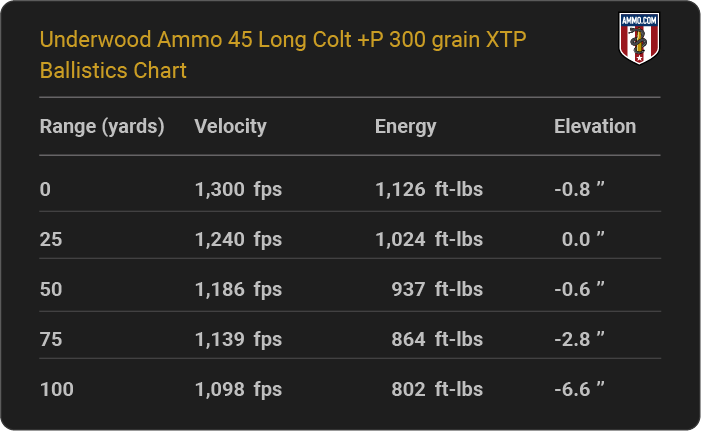Central
Acs Impact Factor Revealed
Introduction to ACS Impact Factor
The American Chemical Society (ACS) impact factor is a metric used to evaluate the frequency with which the average article in a journal has been cited in a given year. It is a way to measure the prestige and influence of a journal within the scientific community. The impact factor is calculated by Thomson Reuters and is published annually in the Journal Citation Reports (JCR). In this article, we will delve into the world of ACS impact factor, its calculation, and its significance in the scientific community.How is the ACS Impact Factor Calculated?
The ACS impact factor is calculated based on the number of citations received by a journal in a given year, divided by the total number of articles published by the journal in the previous two years. The formula for calculating the impact factor is as follows: Impact Factor = (Number of citations in the current year) / (Number of articles published in the previous two years) For example, if a journal received 100 citations in the current year and published 50 articles in the previous two years, its impact factor would be 2. This means that, on average, each article published in the journal was cited twice in the current year.Significance of ACS Impact Factor
The ACS impact factor is a widely used metric to evaluate the quality and influence of a journal. It is used by researchers, librarians, and administrators to:- Evaluate the prestige and reputation of a journal
- Compare the influence of different journals in the same field
- Identify the most cited and influential articles in a journal
- Make informed decisions about where to publish research
Limitations of ACS Impact Factor
While the ACS impact factor is a widely used metric, it has several limitations. These include:- Bias towards established journals: The impact factor favors established journals with a long publication history, as they tend to have a higher number of citations.
- Ignores citation quality: The impact factor only counts the number of citations, without considering the quality or relevance of the citations.
- Favors journals with a high self-citation rate: Journals with a high self-citation rate (i.e., articles citing other articles from the same journal) can artificially inflate their impact factor.
ACS Journals with High Impact Factors
The following are some examples of ACS journals with high impact factors:| Journal Title | Impact Factor |
|---|---|
| Journal of the American Chemical Society | 14.187 |
| Angewandte Chemie International Edition | 12.959 |
| Chemical Reviews | 54.301 |
| Accounts of Chemical Research | 20.833 |
📝 Note: The impact factors listed are subject to change and may not reflect the current impact factor.
Conclusion and Future Directions
In conclusion, the ACS impact factor is a widely used metric to evaluate the quality and influence of a journal. While it has several limitations, it remains a useful tool for researchers, librarians, and administrators. As the scientific community continues to evolve, it is likely that new metrics and evaluation tools will emerge to provide a more comprehensive understanding of journal quality and influence. By understanding the strengths and limitations of the ACS impact factor, researchers can make informed decisions about where to publish their research and how to evaluate the influence of their work.What is the ACS impact factor?
+The ACS impact factor is a metric used to evaluate the frequency with which the average article in a journal has been cited in a given year.
How is the ACS impact factor calculated?
+The ACS impact factor is calculated based on the number of citations received by a journal in a given year, divided by the total number of articles published by the journal in the previous two years.
What are the limitations of the ACS impact factor?
+The ACS impact factor has several limitations, including bias towards established journals, ignoring citation quality, and favoring journals with a high self-citation rate.


